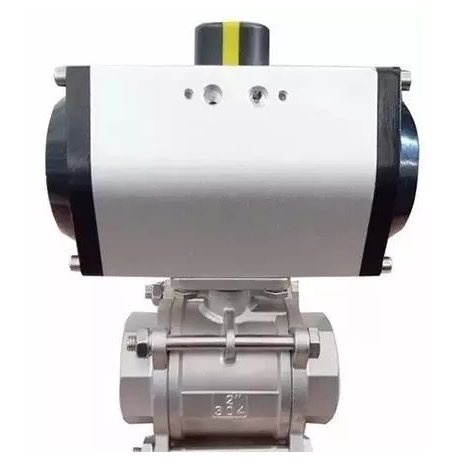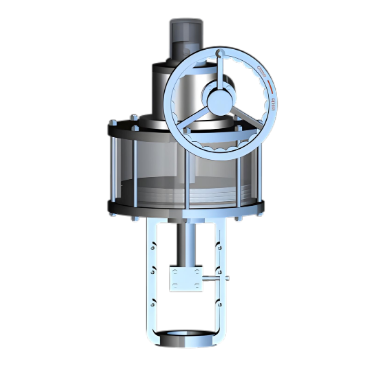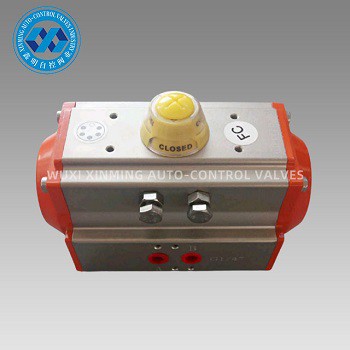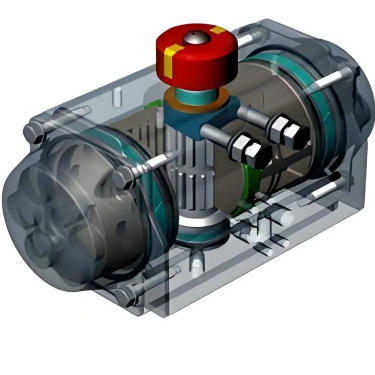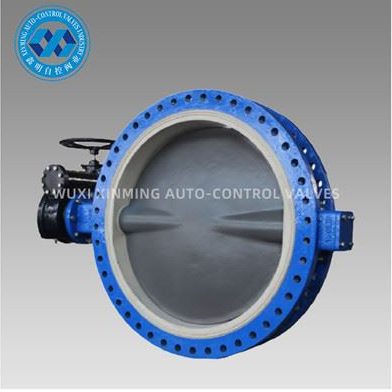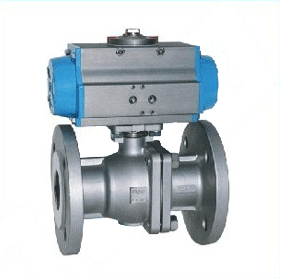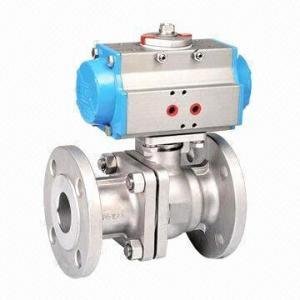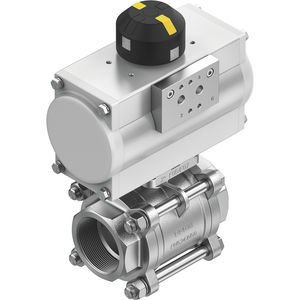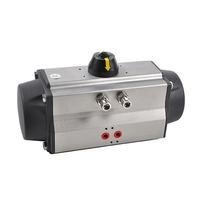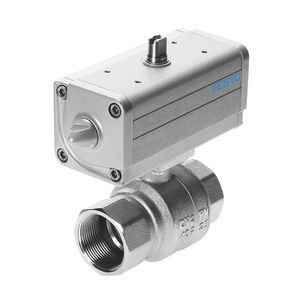Three - position pneumatic actuators have
certain characteristics in terms of energy efficiency, which are mainly
reflected in the following aspects:
Working principle and energy consumption
These actuators work by using compressed
air to drive the movement of pistons or diaphragms. When the actuator changes
positions, it consumes energy to compress and release air. The energy
consumption mainly depends on the frequency of position changes, the size of
the actuator, and the air pressure required.
Energy - saving design and features
Some advanced three - position pneumatic
actuators are equipped with energy - saving valves or intelligent control
systems. These components can adjust the air supply volume and pressure
according to the actual working conditions, reducing unnecessary energy
consumption. For example, when the actuator is in a static position, the
control system can reduce the air pressure to maintain the position with a
lower energy consumption.
Comparison with other actuators
Compared with electric actuators, pneumatic
actuators generally have lower energy efficiency in some cases because of the
energy loss in the air compression process. However, pneumatic actuators have
advantages in certain applications, such as high - speed operation and
explosion - proof environments. In these cases, the energy efficiency of three
- position pneumatic actuators needs to be comprehensively considered in
combination with the specific working requirements.
If you want to learn more about low-priced products, please visit the following website: www.xm-valveactuator.com


